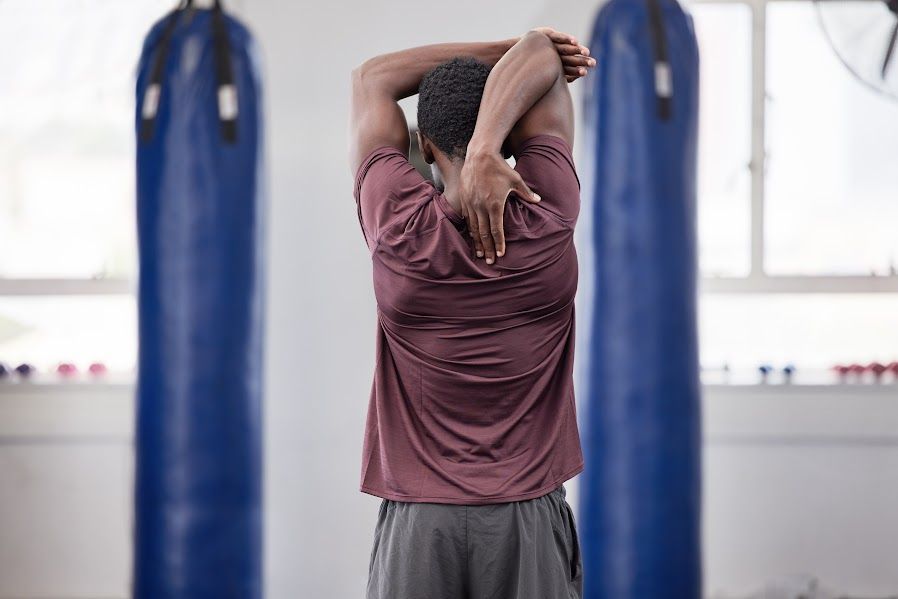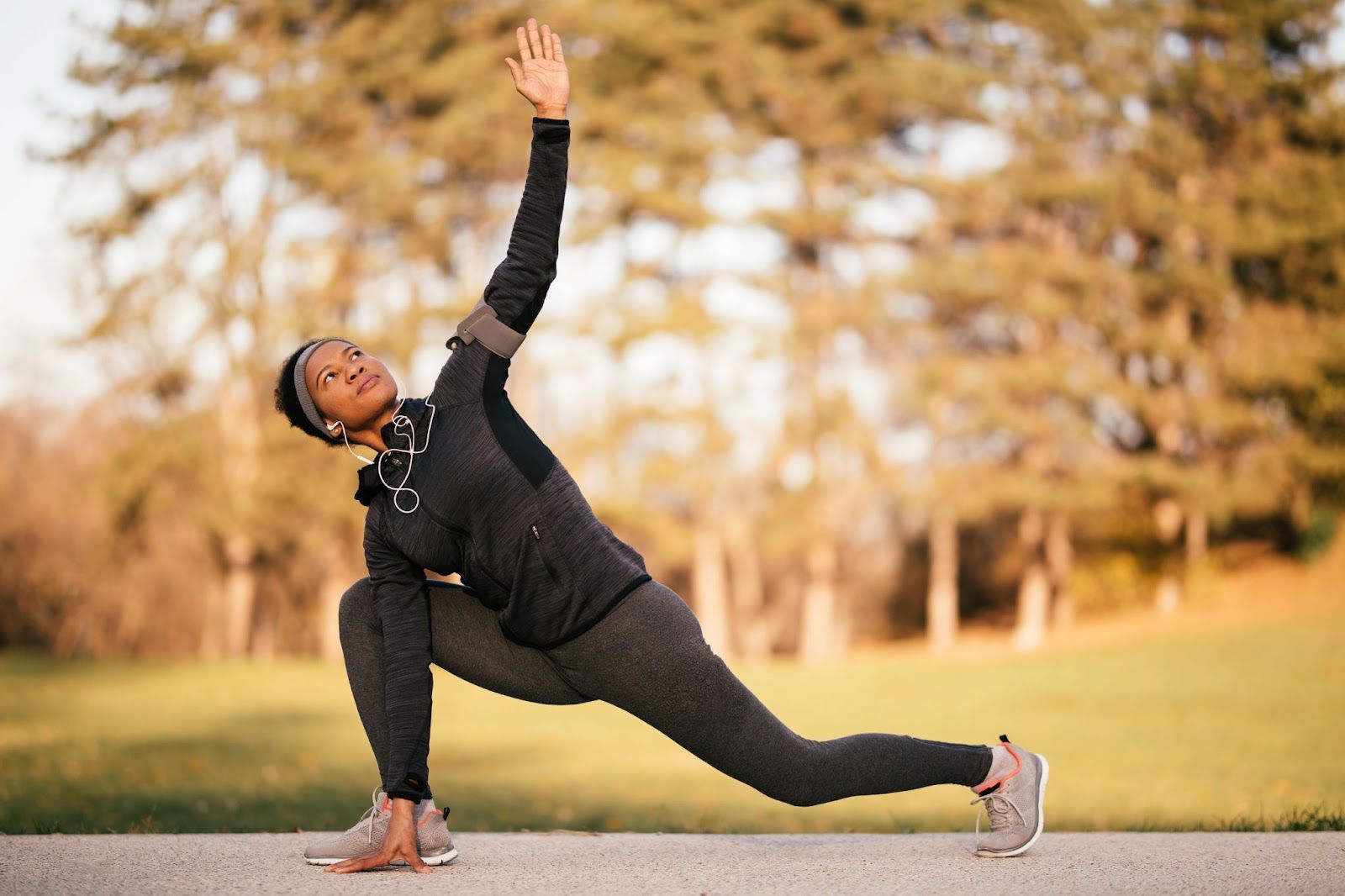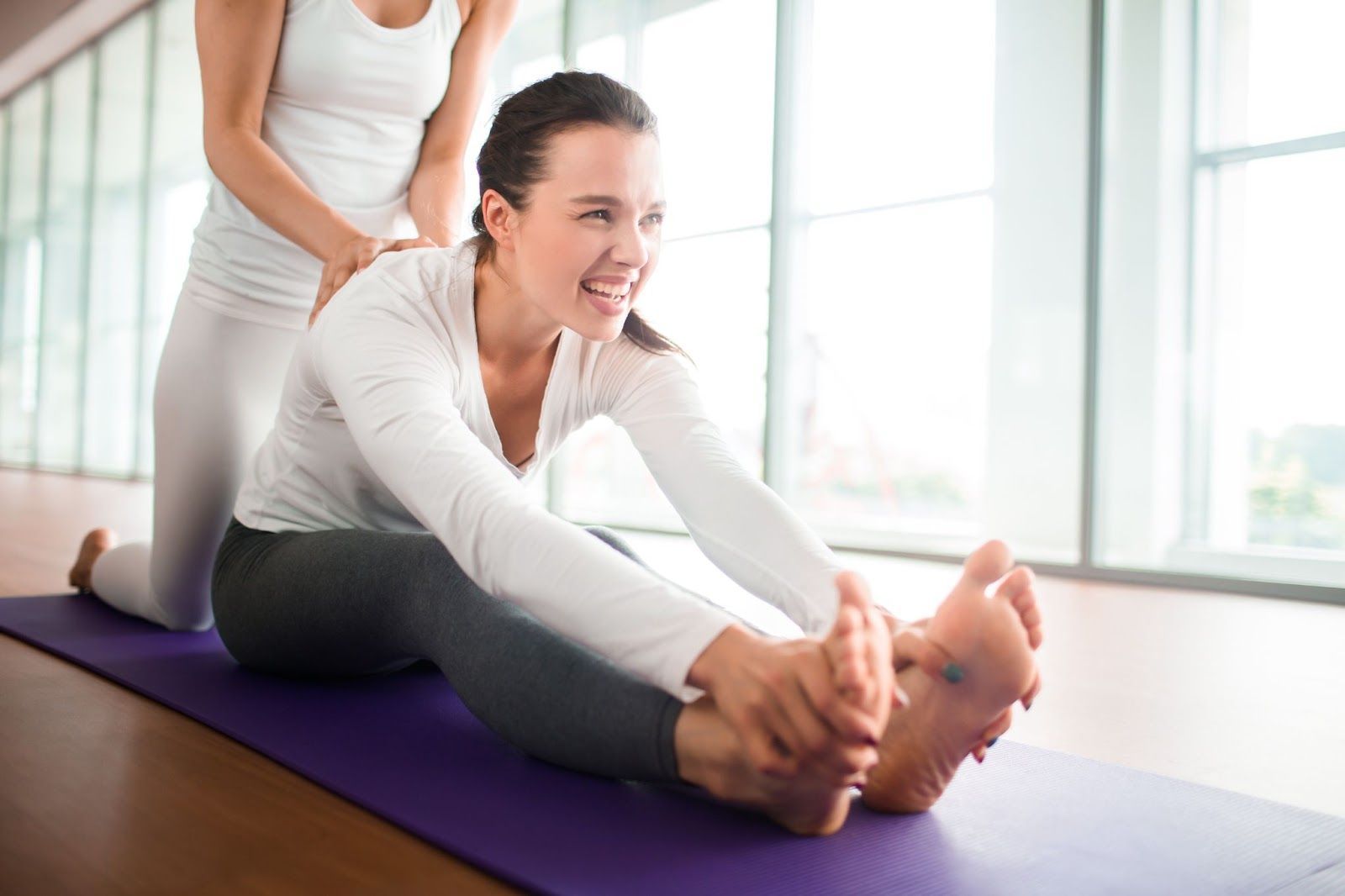Call us at (909) 674-0071
Which Stretches Are Best for Athletes?
As athletes, we constantly push our bodies to the limit, seeking to improve performance and achieve our goals. Yet, in the pursuit of greatness, it's crucial not to overlook the importance of flexibility and mobility. Incorporating the right stretches into your routine can not only enhance athletic performance but also prevent injuries. In this guide, we'll explore the best stretches for athletes, tailored to different sports and needs.
Understanding the Importance of Stretching
Before diving into specific stretches, it's essential to understand why stretching matters for athletes. Flexibility and mobility are key components of physical fitness, playing a vital role in performance and injury prevention. Here's why:
Improved Range of Motion
Stretching helps to increase flexibility, allowing athletes to move more freely and efficiently. This expanded range of motion can enhance athletic performance by enabling greater agility, speed, and power. Athletes who prioritize stretching as part of their training regimen often experience improved performance not only in their sport but also in daily activities due to their enhanced range of motion and flexibility.
Injury Prevention
Tight muscles and limited flexibility are common culprits behind sports-related injuries. By regularly stretching, athletes can reduce the risk of strains, sprains, and other injuries. Additionally, proper stretching can alleviate muscle imbalances and enhance overall body alignment, further lowering the likelihood of injury. Incorporating a comprehensive stretching routine can serve as a proactive measure to safeguard against both acute and chronic injuries, allowing athletes to stay on top of their game and enjoy a longer, more fulfilling athletic career.
Enhanced Recovery
Stretching promotes blood flow to the muscles, aiding in the delivery of oxygen and nutrients essential for muscle repair and recovery. Incorporating stretching protocols often experience faster recovery times between workouts or competitions, allowing them to maintain peak performance levels and avoid overuse injuries.into post-workout routines can help alleviate muscle soreness and expedite the recovery process. Athletes who prioritize stretching as part of their recovery
Now that we've established the importance of stretching let's delve into the specific stretches that can benefit athletes across various sports:
Dynamic Stretches for Warm-Up
Dynamic stretches involve active movements that mimic the motions of a particular sport or activity. These stretches are ideal for warming up before exercise, as they help increase blood flow to the muscles and prepare the body for movement. Here are some dynamic stretches tailored to different sports:
Running
High knees, butt kicks, leg swings (forward and sideways), and walking lunges with a twist are excellent dynamic stretches for runners. These movements target the muscles used during running, promoting flexibility and mobility in the hips, hamstrings, quadriceps, and calves. Incorporating dynamic stretches like these into your pre-run routine not only prepares your body for the demands of running but also helps prevent common injuries such as shin splints and IT band syndrome.
Basketball
Arm circles, leg swings, lateral lunges, and dynamic calf stretches are effective for basketball players. These stretches focus on improving agility, lateral movement, and explosiveness, essential for quick changes in direction and jumping. By incorporating these dynamic stretches into your warm-up routine, you can enhance your on-court performance and reduce the risk of injuries such as ankle sprains and muscle strains.
Soccer
A series of dynamic stretches such as leg swings, side lunges, and hip openers can benefit soccer players. These stretches help improve flexibility in the hips, groin, and hamstrings, facilitating smooth movements on the field and reducing the risk of injuries like pulled muscles. Prioritizing dynamic stretching before soccer matches or training sessions can help improve your agility, range of motion, and overall performance, allowing you to move more efficiently and confidently on the pitch.
Static Stretches for Flexibility
Static stretches involve holding a position for an extended period, allowing the muscles to lengthen and relax gradually. While dynamic stretches are best suited for warm-ups, static stretches are more effective for improving flexibility and range of motion when performed after exercise or during cooldowns. Here are some static stretches that athletes can incorporate into their routines:
Hamstring Stretch
Sit on the ground with one leg extended straight and the other leg bent, foot against the inner thigh. Lean forward from the hips, reaching towards the toes of the extended leg until a gentle stretch is felt in the hamstring. Hold for 20-30 seconds, then switch sides.
Quadriceps Stretch: Stand tall and grab one foot behind you, bringing the heel towards the glutes. Keep the knees close together and push the hips forward slightly until a stretch is felt in the front of the thigh. Hold for 20-30 seconds, then repeat on the other side.

Shoulder Stretch
Extend one arm across the body at shoulder height and use the opposite hand to press the arm gently towards the chest until a stretch is felt in the shoulder and upper back. This stretch is particularly beneficial for relieving tension accumulated from activities involving overhead movements, such as throwing or swimming. Hold for 20-30 seconds, then switch arms, ensuring a symmetrical stretch to both shoulders for balanced flexibility and muscle relief.
Hip Flexor Stretch
Kneel on one knee with the other foot flat on the ground in front, forming a 90-degree angle with the knee. Lean forward slightly, keeping the back straight, until a stretch is felt in the front of the hip and thigh. This stretch is essential for athletes, especially runners and cyclists, to counteract the tightness often experienced in the hip flexors from repetitive motion. Hold for 20-30 seconds, then switch sides, ensuring equal attention to both sides to maintain muscle symmetry and prevent imbalances.
Incorporating these static stretches into your routine can help improve flexibility and reduce muscle tightness, enhancing overall athletic performance and reducing the risk of injury.
Learn More About the Benefits of Stretching for Athletes
Stretching is a vital component of any athlete's training regimen, offering numerous benefits for performance, recovery, and injury prevention. By incorporating dynamic stretches into warm-ups and static stretches into cooldowns, athletes can improve flexibility, enhance range of motion, and maintain optimal physical condition. However, it's essential to perform stretches correctly and avoid overstretching to prevent injury. Remember, flexibility is not just a luxury for athletes; it's a necessity for unlocking your full potential and achieving peak performance in your sport. So, whether you're a runner, a basketball player, a soccer enthusiast, or engage in any other athletic endeavor, make stretching a priority in your training routine, and reap the rewards of a more flexible and resilient body.
Check out our
StretchX blog to learn more about our effective stretching services!
Certified Stretch Instructor
Phone: (909) 674-0071
Business Hours: Monday to Friday: 8am - 7pm • Saturday: 7am - 1pm
All Rights Reserved | StretchX




